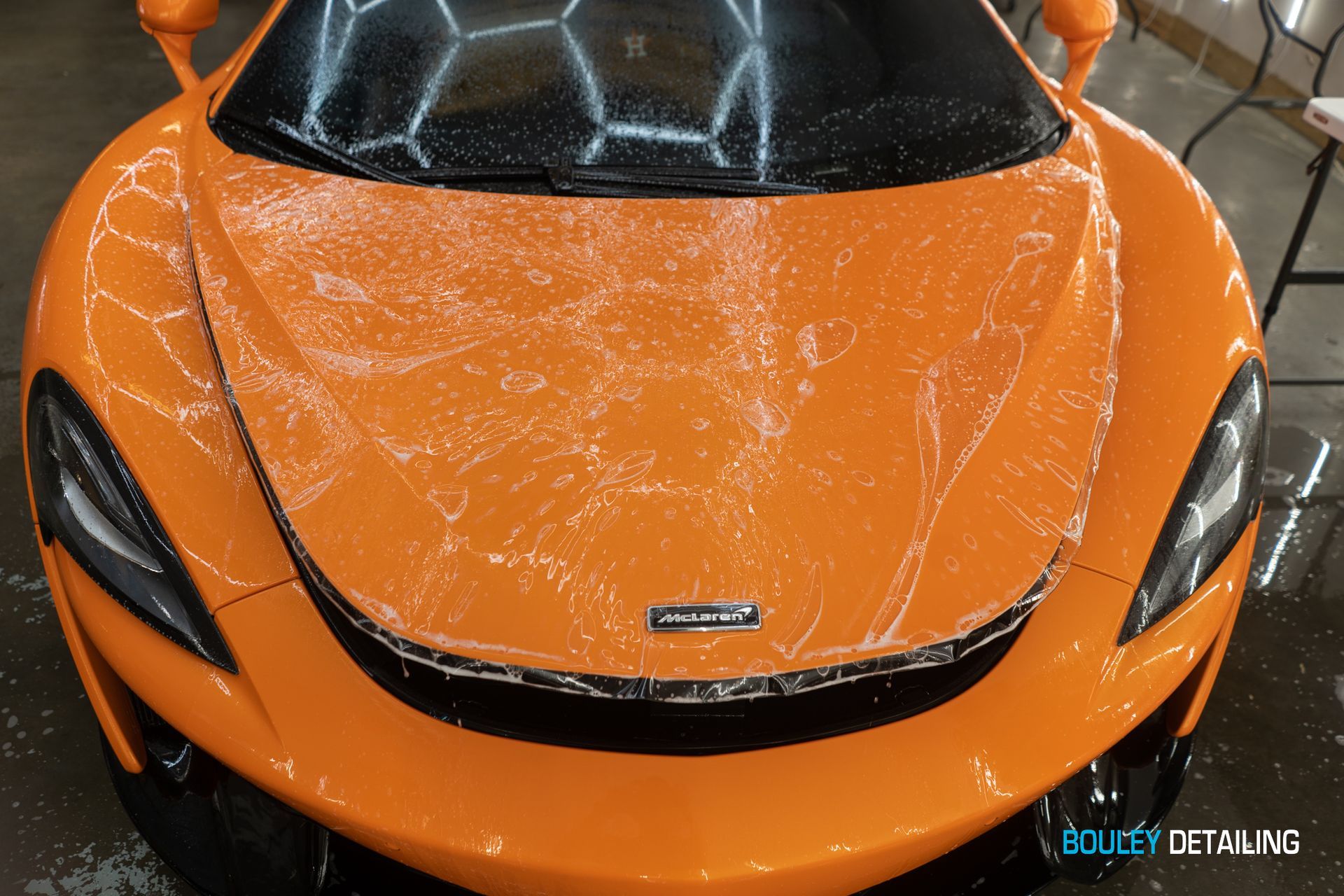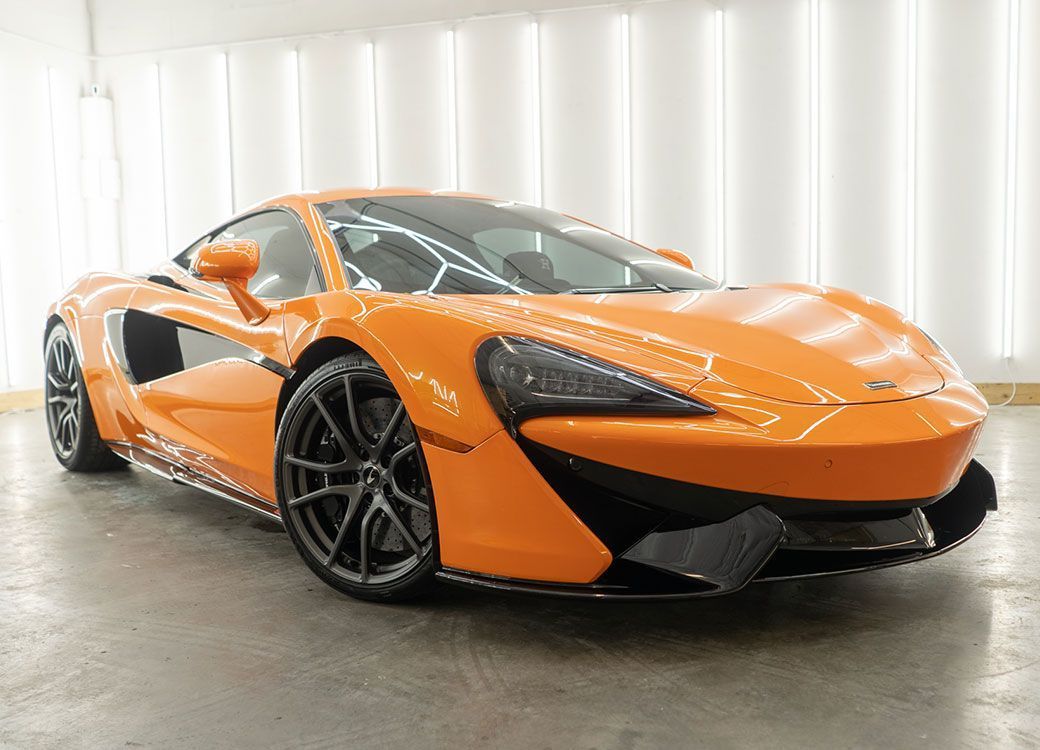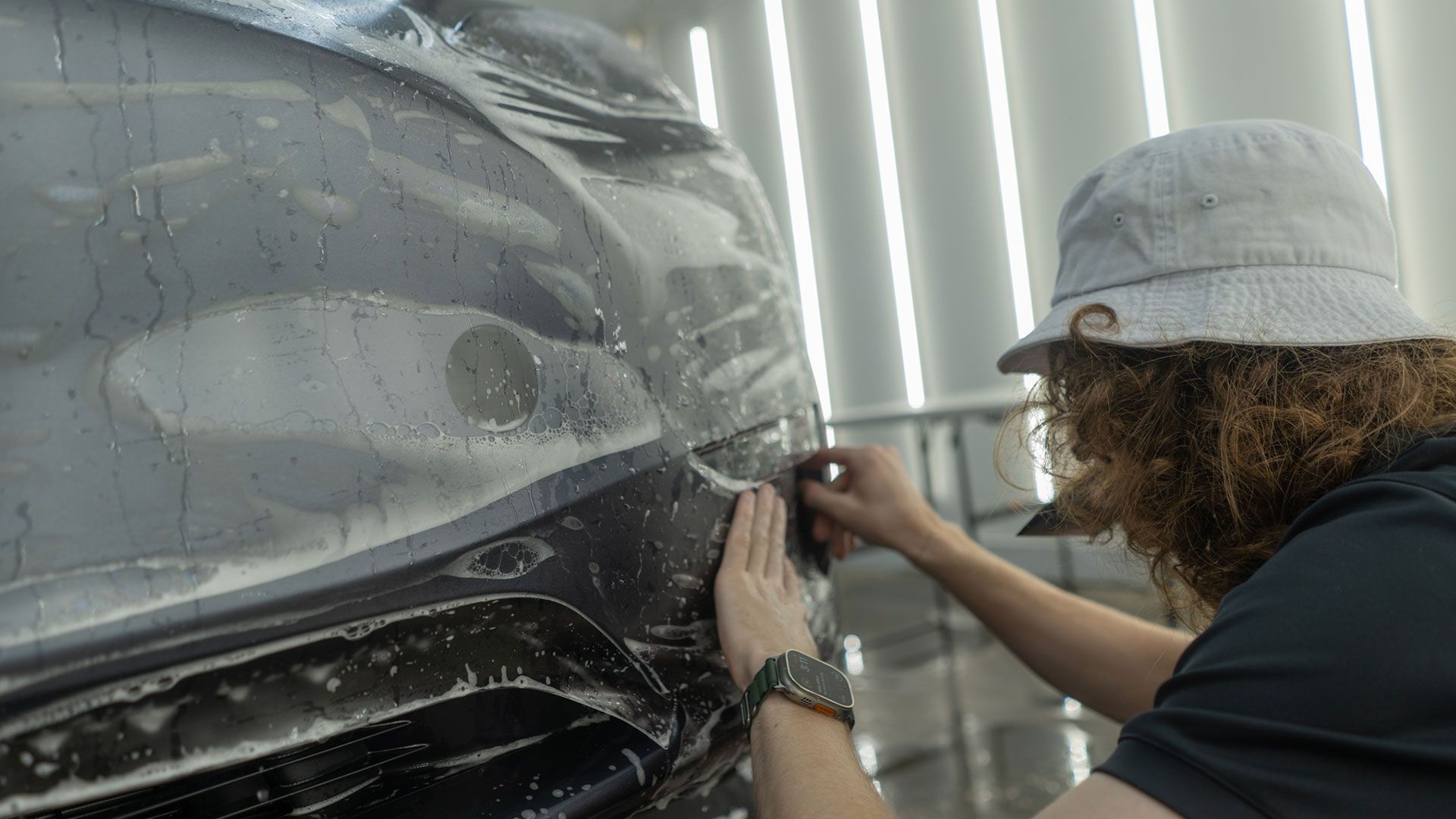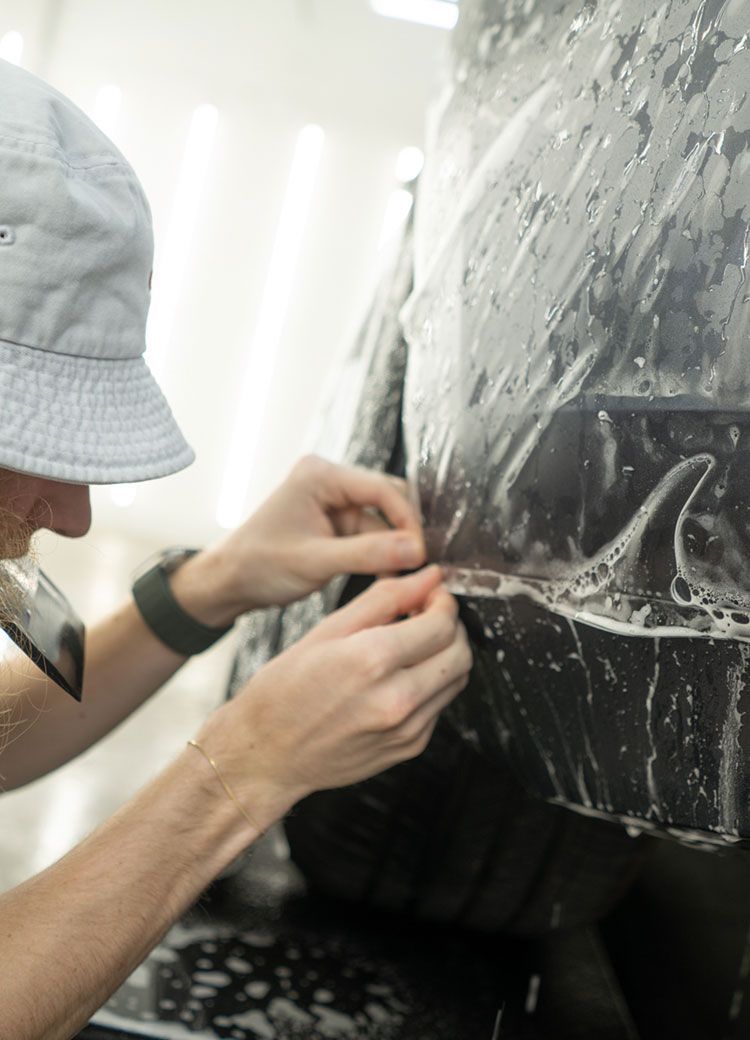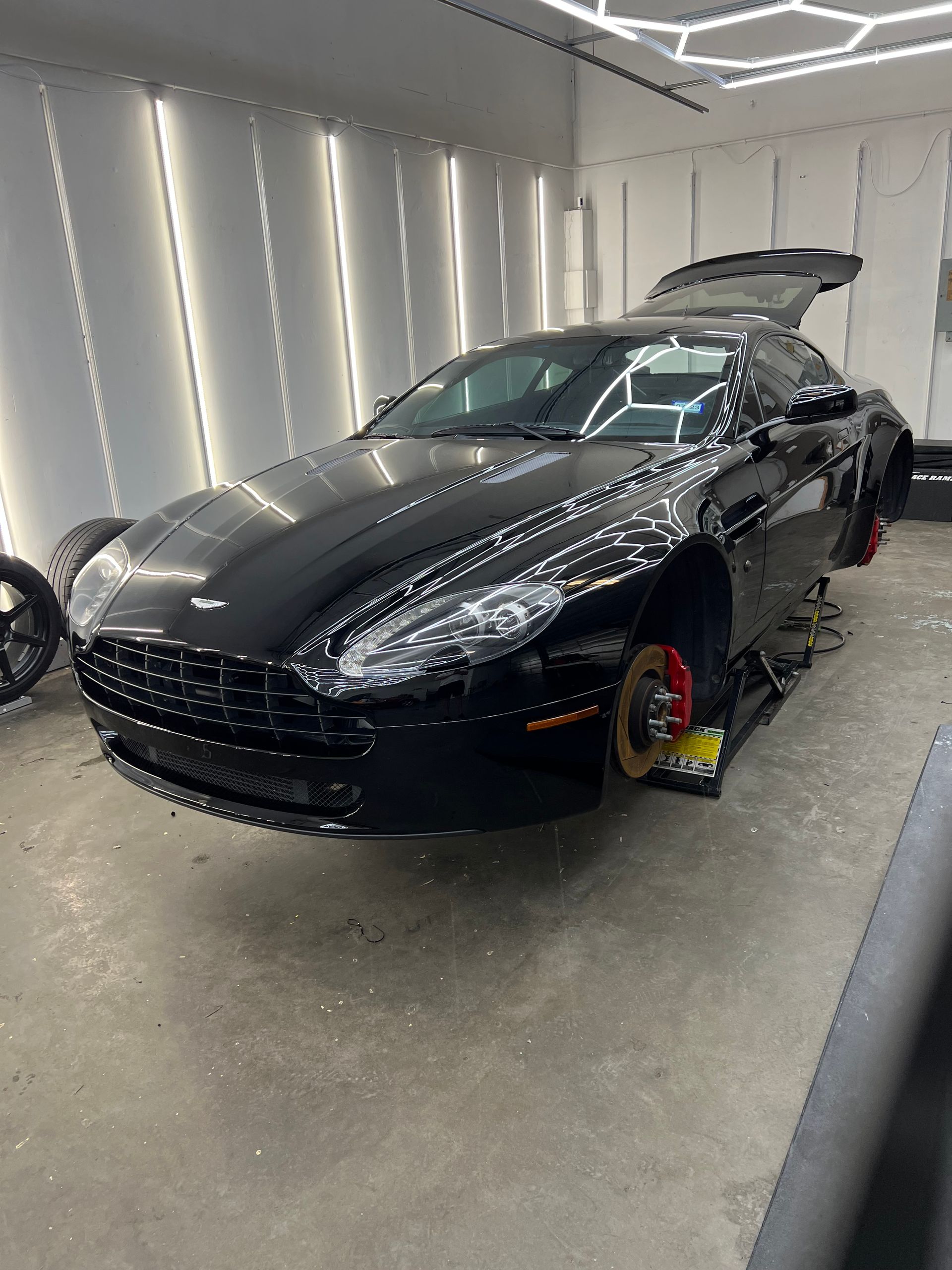Professional PPF or DIY: Which Installation Method is Right For You?
CALL (979) 264-9793
GET A FREE ESTIMATEImagine this: you’ve just acquired your dream car, its glossy finish pristine under the sun. Now comes an important decision—preserving that flawless look with paint protection film. But do you trust a professional’s steady hand or roll up your sleeves yourself?
When deciding between professional PPF installation and DIY, consider factors like your budget, desired quality, skill level, and time availability. Professional installations offer higher quality and warranty benefits but come at a premium cost, while DIY can save you money but may require more effort and potentially lead to imperfections if you're inexperienced.
What is Paint Protection Film (PPF)?
Paint protection film is a clear, thermoplastic urethane film that acts as a protective barrier on your vehicle's painted surfaces. It’s predominantly used to guard against various forms of damage, such as stone chips, bug splatters, and minor scratches that can occur from everyday driving. This transparent shield minimizes the wear and tear that your car’s paint would otherwise experience over time, keeping it looking fresh and new.
Key Benefits of PPF
- Protection Against Physical Damage: A paint protection film serves as a shield against stone chips, scratches, and other physical abrasions that can occur from everyday driving. This protective layer absorbs the impact of debris, significantly reducing the risk of damage to your vehicle's paint.
- Self-Healing Properties: Many high-quality paint protection films feature self-healing technology, allowing minor scratches and swirl marks to disappear over time with exposure to heat. This means your vehicle stays looking flawless without the need for constant touch-ups or repairs.
- UV Resistance: A paint protection film is designed to protect your car's paint from harmful UV rays that can cause fading and discoloration. By blocking these rays, the film helps maintain the vibrancy of your vehicle's color and extends its aesthetic appeal.
- Easy Maintenance: The smooth surface of paint protection film makes it easier to clean and maintain compared to unprotected paint. With regular washing, the film can help keep your car looking brand new while also making it less prone to dirt and grime accumulation.
Professional PPF Installation Overview
Professional installation of paint protection film typically involves skilled technicians who are well-trained in applying the film under ideal conditions. This controlled environment minimizes the risk of dust or debris getting trapped beneath the film, which can lead to unsightly bubbles and defects. Moreover, reputable installers utilize specialized tools that enable precise cutting to fit the unique contours of your vehicle perfectly, helping ensure a seamless application.
One notable aspect of professional installations is the efficiency and expertise that come with having trained hands working on your car. Highly-skilled professionals, often with years of experience, can apply the film faster and more accurately than most DIY attempts. They tend to understand the nuances involved—such as how much tension to use when applying the film—thereby reducing the risk of common installation errors like misalignment or unintended creasing.
A significant advantage of opting for professional installation is the warranty that usually accompanies both the film and the labor. Warranties provide assurance that should any issues arise, such as peeling, bubbling, or discoloration, you won’t have to bear the cost alone. For many vehicle owners, this peace of mind significantly justifies any additional expense incurred for professional services; after all, they are investing in long-term protection for their assets.
Beyond just warranties, professionals often have access to high-quality materials that may not be available in retail kits intended for DIY projects. This translates into enhanced durability and performance characteristics—essentially ensuring that your investment stands up against time and environmental factors like UV rays, road debris, and acid rain more effectively than lesser-quality alternatives.
DIY PPF Installation Overview
At first glance, tackling a DIY PPF installation might seem daunting, especially considering that you're placing a protective shield on your prized vehicle. However, for those who enjoy hands-on projects and have the patience to follow detailed instructions, DIY PPF installation can be a rewarding way to protect your car while saving money on labor costs. Many kits come with pre-cut templates designed to fit specific makes and models, simplifying the process and making it accessible for beginners.
One of the primary benefits of opting for a DIY installation is the cost savings. By eliminating labor expenses, you can reduce the overall investment in paint protection while still safeguarding your vehicle's finish from scratches, rock chips, and other road hazards. Additionally, taking on the task yourself allows you to work at your own pace and ensure that each section of the film is applied to your standards.
That being said, DIY PPF installation requires precision and attention to detail. Any missteps, such as improper alignment or not thoroughly cleaning the surface before application, can result in bubbles, wrinkles, or premature lifting of the film. To avoid these pitfalls, it's crucial to prepare adequately—this includes gathering the necessary tools, such as squeegees, spray bottles, and microfiber towels, and working in a dust-free environment to minimize contamination.
While DIY kits can provide good protection, they often lack the same quality materials found in professional installations. The film may not be as durable or resistant to environmental factors, which could affect its lifespan. However, with careful installation and regular maintenance, a DIY PPF application can still offer solid protection for your vehicle, making it a viable option for those looking to balance cost and performance.
Cost Analysis: Professional vs DIY
- Professional Installation Cost: When contemplating paint protection film (PPF) installation, cost emerges as a significant factor. It's akin to the age-old adage about penny-wise, pound-foolish; saving on upfront costs can sometimes lead to greater expenses down the road. For instance, when you opt for a professional service, the initial investment can range anywhere from $700 to $2,600. This total encompasses not only the price of high-quality film but also expertise in application, warranty coverage lasting from 5 to 10 years, and additional included services such as post-installation care.
- DIY Installation Cost: Conversely, going the DIY route could seem enticing at first glance, especially with total costs averaging between $250 and $700. While it appears significantly cheaper, this figure often excludes vital considerations like the potential need for purchasing additional tools ranging from $50 to $100 and the impact of time spent on learning the complexities of the installation process. You might buy your kit for $300 but could find yourself paying more in replacement film if mistakes are made during application.
The reality is that quality and longevity are two crucial elements intertwined with cost in deciding which path to take. Many professional installers use superior materials and techniques to ensure their work lasts longer than potentially flawed DIY attempts—which could need replacement sooner than expected. In essence, paying a bit more upfront for professional service might save you money over time by avoiding issues associated with poor application.
Assessing Quality and Longevity
The measure of a successful paint protection film (PPF) installation hinges not just on aesthetics but also on how long the film will last while performing its protective duties. Quality plays an indispensable role in achieving both these goals.
- Quality Considerations: When it comes to professional installations, experts typically employ top-tier films designed specifically for durability and clarity. They have access to proprietary tools that minimize imperfections such as bubbles or misalignments. For instance, professionals take meticulous care to align the film properly around curves and edges, often avoiding visible seams altogether. This attention to detail not only enhances appearance but also maximizes protective capabilities against UV damage, scratches, and contaminants. In contrast, a DIY approach may result in challenges; inexperienced hands could inadvertently create air pockets or misplace the film. Such flaws can compromise both the look and longevity of your car's finish.
- Longevity Considerations: Professional paint protection film installations can endure for upwards of a decade under optimal conditions. This impressive lifespan is largely attributed to the high-quality materials used and the expertise of seasoned installers. They know how to prepare surfaces and apply films correctly to extend effectiveness over time. Conversely, DIY installations, typically executed without thorough knowledge or experience, might only last around 3-5 years. The differences lie not just in workmanship but also in the susceptibility of less durable films often chosen for at-home applications.
External factors such as daily driving conditions, exposure to weather elements, and maintenance routines further influence longevity. A professionally installed PPF paired with regular maintenance—such as gentle washing and minor repairs—can ensure that it retains its protective properties over time. This insight into maintenance practices can help you make an informed decision about whether professional services or DIY is more suitable for your needs.
Decision Factors: Choosing Your Method
When you’re faced with the choice of professional installation versus a DIY approach for PPF, several key factors come into play that can steer your decision. First and foremost is your skill level and confidence. If you have experience with intricate projects and the ability to follow detailed instructions, you may find a sense of accomplishment in taking on a DIY project. However, if the mere thought of handling specialized tools sends chills down your spine, seeking the expertise of a professional installer may be your best bet. This isn’t just about how accurately you can lay out the film; it also involves a keen eye for detail to avoid common pitfalls like bubbling or misalignment, which can drastically impact results.
Next up is the elephant in the room: budget constraints. While a professional service typically comes with a higher price tag—often ranging from $500 to $2,500—DIY options can vary significantly, generally costing between $100 and $500. These numbers represent not just expenditures but also reflect the value you place on quality assurance. Putting money into a professional job ensures that a knowledgeable expert is handling your vehicle, reducing the risk of improper installation. On the other hand, if finances are tight, opting for DIY can be appealing. Just bear in mind that while you might save money upfront, errors made during installation could lead to further costs down the road if issues arise.
Other Considerations
- Time Availability: Let’s face it; time is often just as valuable as money. DIY installations can take anywhere from a few hours to an entire day, depending on your skill level. If you're juggling a busy schedule, this may become problematic.
- Risk Tolerance: Think about how comfortable you are with making mistakes. DIY PPF projects carry an inherent risk of misapplication or damage that might reduce the effectiveness of the paint protection film.
- Warranty Necessity: Many professional installations come with warranties that protect you against damages or defects in material over years. If having peace of mind regarding coverage is essential to you, this could sway the decision towards hiring professionals.
Ultimately, deciding which method works best for you will hinge on weighing these important considerations against each other. By understanding both your capabilities and constraints, you'll be better equipped to make an informed decision about how to proceed with your PPF installation journey. This way, you ensure that whatever choice you make aligns well with your goals for protecting your vehicle’s appearance and value over time.
Professional PPF Services in Houston, TX
Protect your vehicle’s finish with Bouley Detailing’s
professional PPF services in Houston, TX. Our paint protection film is expertly applied to guard against road debris, scratches, and environmental damage while maintaining your vehicle’s original appearance. Using high-quality materials and precision techniques, we ensure a seamless installation that enhances durability and preserves your paint’s pristine condition. Trust in our team to provide top-tier protection, giving your vehicle the defense it needs for the long haul. Call us at (979) 264-9793 to get started!
Bouley Detailing Blog
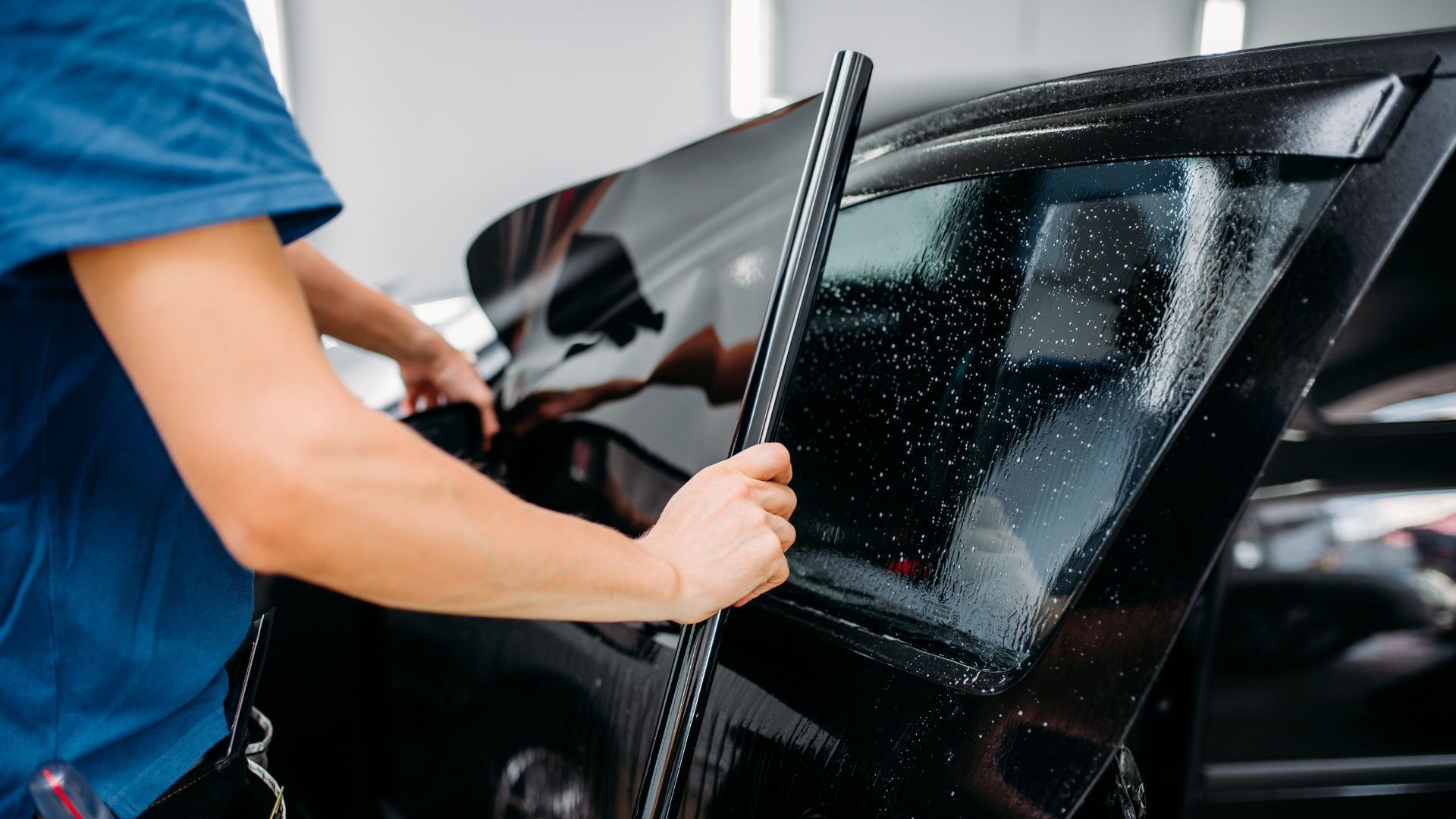
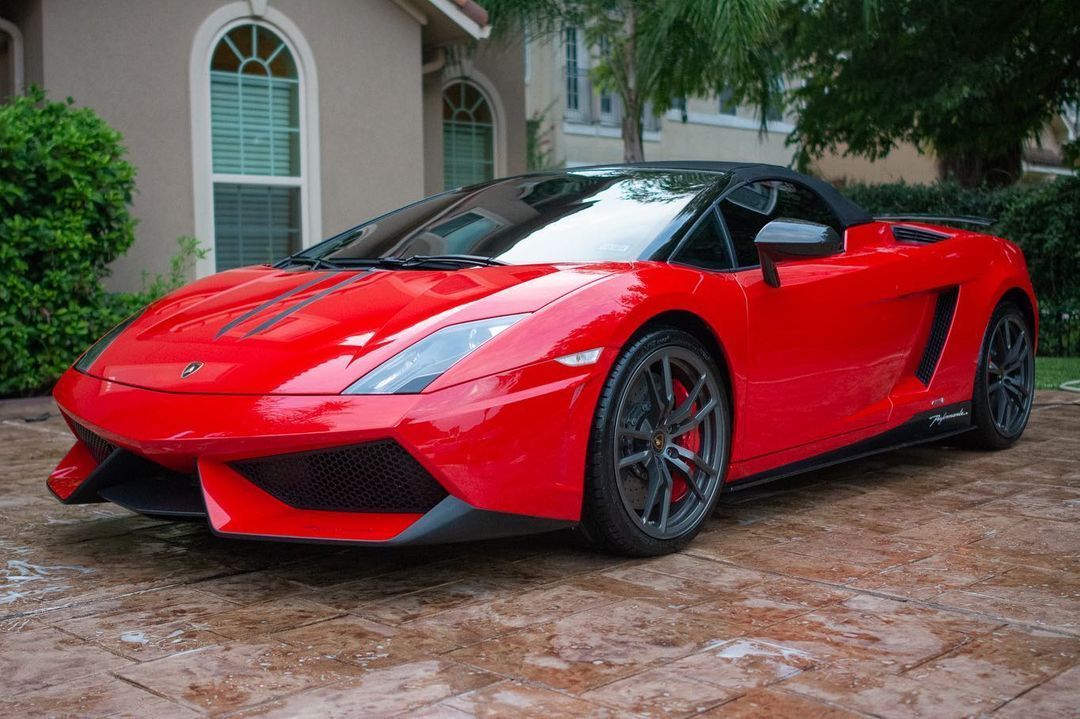
Share with your friends
Protect and Enhance Your Vehicle
Founded in 2018, Bouley Detailing emerged from an individual detailer's desire to enhance and protect all make and model automobiles in the Houston area, helping owners recognize a new value and unshakable pride in what they drive. We are certified installers of the various formulas provided by Gtechniq Ceramic Coatings and have extensive experience and training in installing and maintaining XPEL Paint Protection Film and XPEL Tint Film products as well. An all-around auto detailing experience is what you receive when you book, so get on board with the exceptional car care found here at Bouley Detailing today!
Hours of Operation
Monday - Friday: 9:00 AM - 5:00 PM
Saturday - Sunday: Closed
Designed by the team at Detailers Roadmap, a platform developed for detailing operators across the globe.
All Rights Reserved | 8bitcreative, LLC | Bouley Detailing

